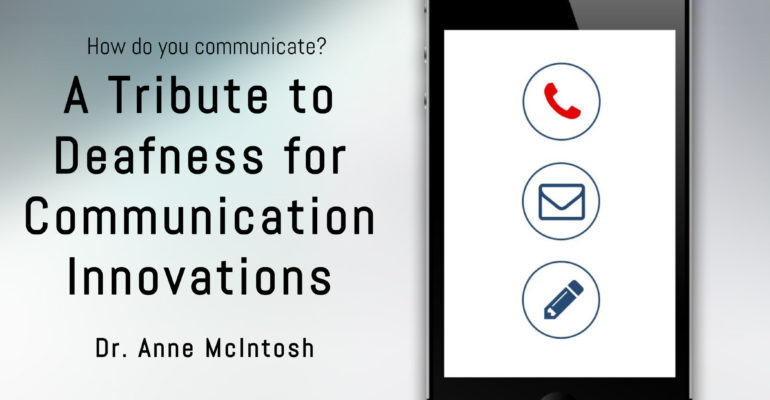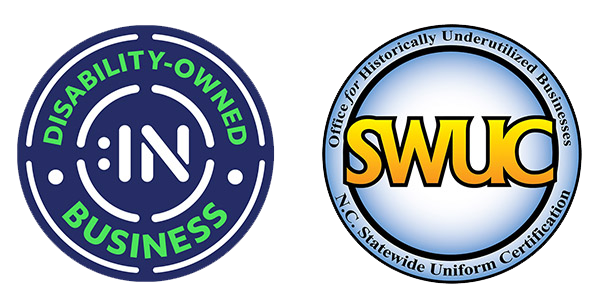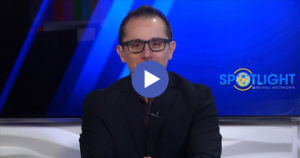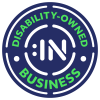A Tribute to Deafness for Communication Innovations
December 18, 2020 2021-06-25 20:04A Tribute to Deafness for Communication Innovations

A Tribute to Deafness for Communication Innovations
Hear me out: Let’s pay tribute to deafness because out of this sensory loss has come remarkable innovations in communication. I am a college professor with three degrees in communication. I spend my day talking with students about communication processes and theories and then get into the nitty-gritty of applying what we learn to engage and solve today’s communication challenges. I reflect on history to sensitize our society to four astounding communication innovations that most likely would NOT have occurred without deafness.
First, Dr. Alexander Graham Bell is credited with creating the first telephone which has evolved into great technology like the iPhone which has many communication features/apps such as SnapChat, FaceTime, Skype, Texting, Email, Twitter, Instagram, and etc. What was Dr. Bell’s motivation? Both his mother and wife were deaf and he was actually trying to invent a device to help them hear (akin to the modern day hearing aid).
Second, Dr. Vinton Cerf was late-deafened and he grew tired of people who could not hear being passed over for promotions and not getting treated equally in the workplace. Therefore, he was motivated to co-invent the Internet; yet, everyone- not just the deaf have benefited from Cerf’s work.
Third, If we look to other communication inventions, we see that Dr. Samuel Morse invented Morse Code; he, too, had connections with deafness. His wife was deaf. Morse Code is still used today when analog communication is desired over digital communication.
Fourth, Through my experience at the hospital for an unplanned C-section, I was compelled to get a medical mask that would allow for better communication to be in the OR, doctor office, and dentist office. The Communicator mask with a clear window helps medical and dental facilities to comply with “Effective Communication” of the ADA of 1990 and “Primary Consideration” of the Affordable Care Act of 2010 and enables anyone who is a “visible” listener to communicate better. We like to see others when we talk; we interpret the message better.
I invite you to pay tribute to deafness for the astounding communication innovations that all of us enjoy daily.
Dr. Anne McIntosh, President, Safe’N’Clear
Purchase Online
Featured Deaf Leader
Recent Articles













